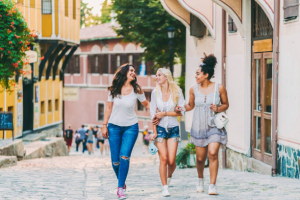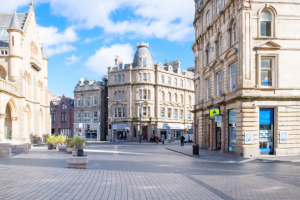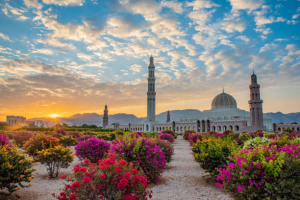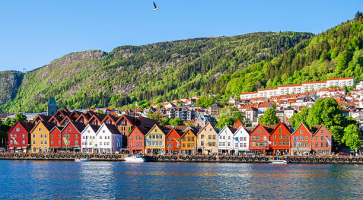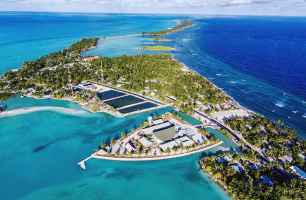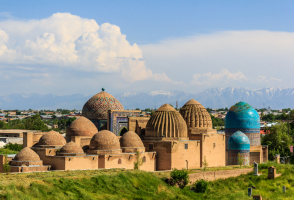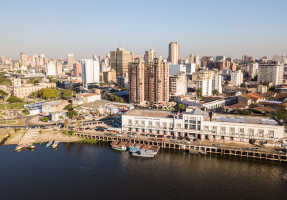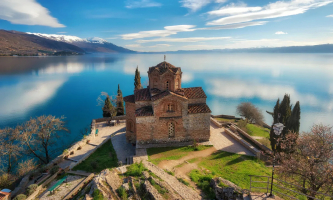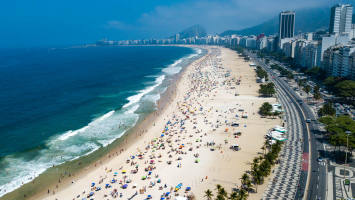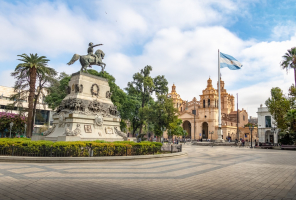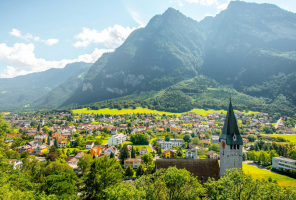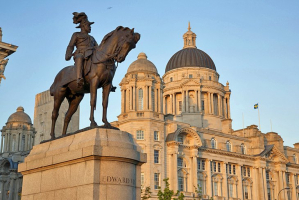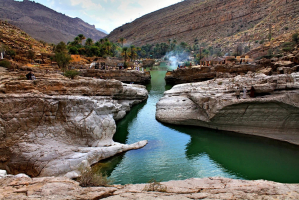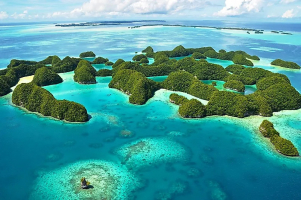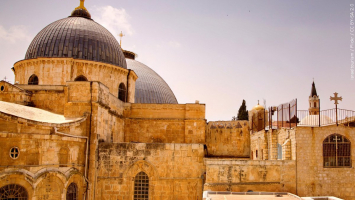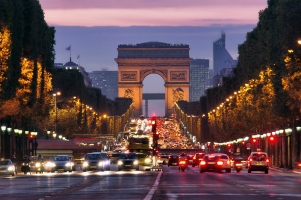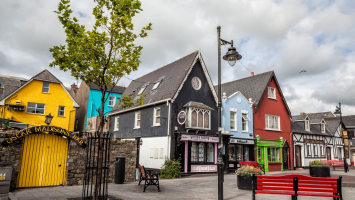Top 7 Reasons to Visit Mauritania
One of the nations that is less frequently mentioned when people think of traveling to Northern Africa is Mauritania, which was once a French colony before ... read more...becoming an Overseas Territory and finally becoming independent at the beginning of the 1960s. Even though Mauritania's tourism industry is less developed than those of its neighbors, or perhaps precisely because of this, it is still worth visiting. Here are some reasons to visit Mauritania.
-
The Mauritanians value hospitality above everything else, just like most other nomadic tribes do. Since the Mauritanians were a desert people, helping each other out was frequently a matter of life or death throughout history. The board, drink, and food of hosts that they would come across were frequently depended upon by travelers. These customs will endure despite the rapid changes in Mauritanian society. The villagers will give you more than your fair share of tea and treats, and you can anticipate wonderful encounters wherever you go. That is one of the various reasons to visit Mauritania.
Tea must be consumed three times a meeting minimum in Mauritania. According to legend, the first cup represents life as being strong, the second represents love as being sweet, and the third represents death as being soft. Many Mauritanians are bilingual in French and Arabic as a result of the country's colonial background. Additionally, English is becoming more popular, making it easier than ever to find English speakers.
-
The country of Mauritania has been at the nexus of European, Arab, and African culture for many years, which has had an impact on the way of life, the food, and the attitude of the people who live in this stunning and proud nation. As a result, when you visit the country, you'll be shocked to learn that while the descendants of the Moors, the majority of whom are Muslims, speak French, they are very different from both the French and the Arabs. Book a flight to Mauritania right away if you want to experience the true essence of Africa. This will give you time to have a wonderful trip while keeping security in mind.
The music and cuisine of Mauritania reflect a variety of influences, both internal and external, including those of the French, the Moors, and the ancient Berber people. Mauritanian music is a legacy of the Moors, who made musicians the lowest class of society and gave performances to anybody who would pay them. The employment of Moor instruments like the kettle drum and the four-stringed lute is still prevalent today despite the industry's increased sophistication. Similar to this, it is possible to think of Mauritanian food as a synthesis of several influences. While there are many foods and products that clearly showcase Berber and Moorish influences, such as dried meats, grilled goat, sheep, and couscous, there are also more contemporary versions, such as baked goods and French pastries.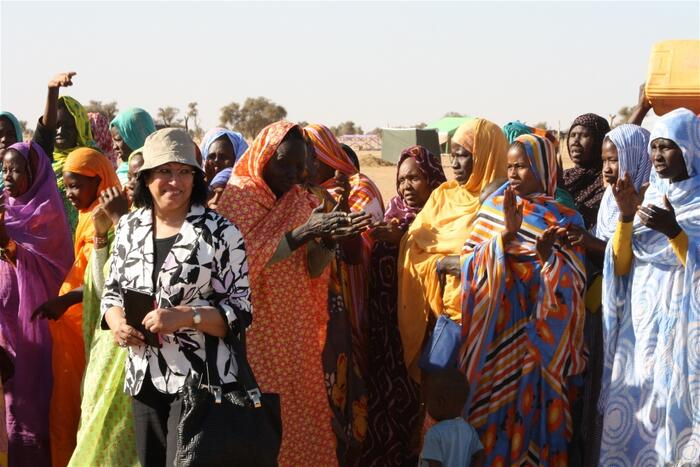
https://englishinmauritania.weebly.com/ 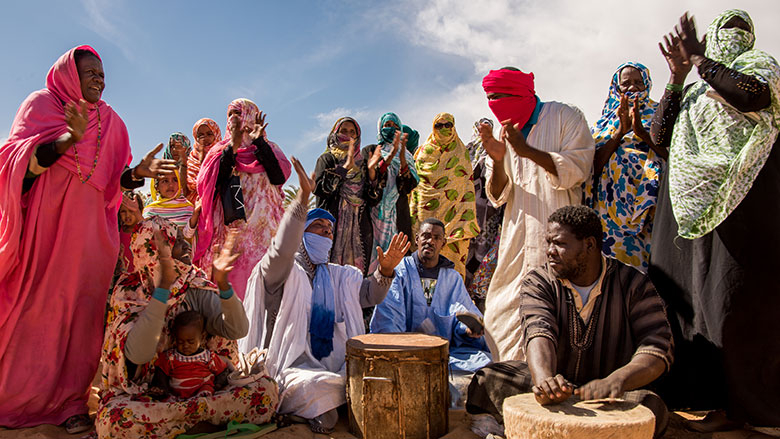
https://englishinmauritania.weebly.com/ -
One of the longest trains in the world is Mauritania's iron ore train. With over 200 wagons carrying over 84 tons of iron ore each, the train is nearly 2.5 kilometers long. The majority of train fans will already be interested in seeing that. What if I told you that you could join the ship and take the trip?
Sitting atop an iron ore carriage while it travels through a starry night seems weird. But the natives frequently engage in this activity. The train is unofficial; you are free to use it and left to your own devices. It is one of the various reasons to visit Mauritania. However, you'll run into a lot of people who are shocked that you choose to travel that way and are ready to meet you and assist you! The majority of passengers use the train from Choum, a small village, all the way to Nouadhibou, Mauritania's second-largest city. When leaving Nouadhibou in the opposite direction, the metal ore cars are empty. You can ride in these cars for free while lying on a backpack leaning against an interior wall, speeding through the desert and a starry Saharan night, and conversing with locals who are also on the same ride while enjoying tea and tagine. The inevitable invasion of sand into every bodily orifice is true, but hey, it's all part of the experience. You might want to pack throwaway clothing since you can anticipate returning from the journey covered in iron dust. Neither will it be cozy, but what an adventure!
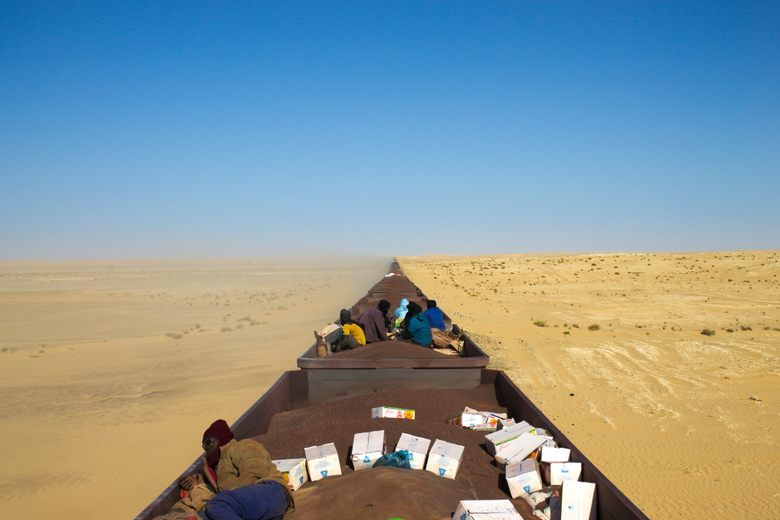
https://againstthecompass.com/ 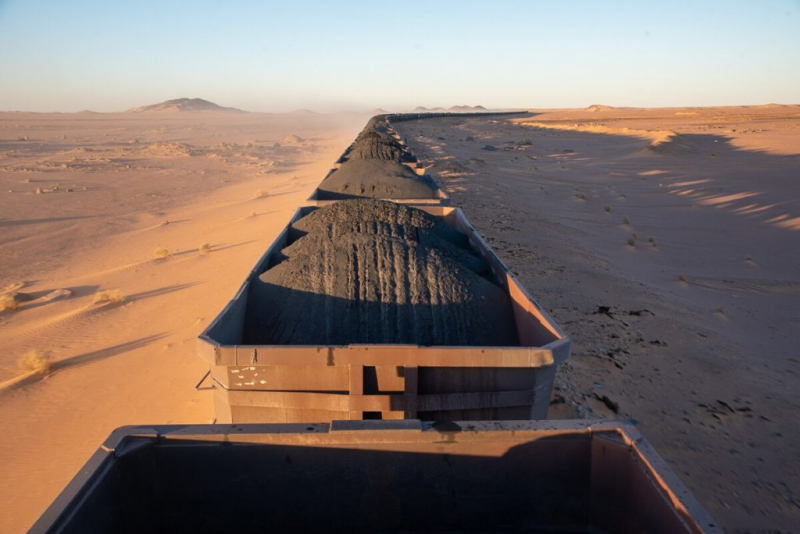
https://againstthecompass.com/ -
One arrives in Nouakchott, the capital of Mauritania and the location of a sizable majority of the country's population, after getting off the train, exiting the desert, riding on and off a few bush taxis, and returning to civilization. The finest thing to do in Nouakchott, which isn't Paris and is just somewhat more scenic than Nouadhibou, is to find a hookah and smoke with some Mauritanians.
Mauritanians are forced to live a simpler lifestyle because the majority of their country is covered with desert, and as a result, they are constantly friendly, open, and hospitable, willing to share their experiences with you and hear some of your own. One may experience the actual treat of the country, which is, like most of West Africa, the people, with a basic grasp of French (or, if you're really driven, the more widely spoken Hassini).
So, whether you're in the capital or basically anywhere in the nation, spend some time getting to know some Mauritanians, hookah or not. If you must, discuss life, travel, or, if you must, camels. Whatever you decide to discuss, make sure you get an opportunity to meet the people of Mauritania, who are the country's true treasure.Give Mauritania serious consideration if you're ever in the area or just want to travel to a unique, less-explored part of the world. Highlights include the Western Saharan border, the iron ore train to Choum, camel rides through the desert, a sunset in Chinguetti's Old City, and a hookah conversation with locals.
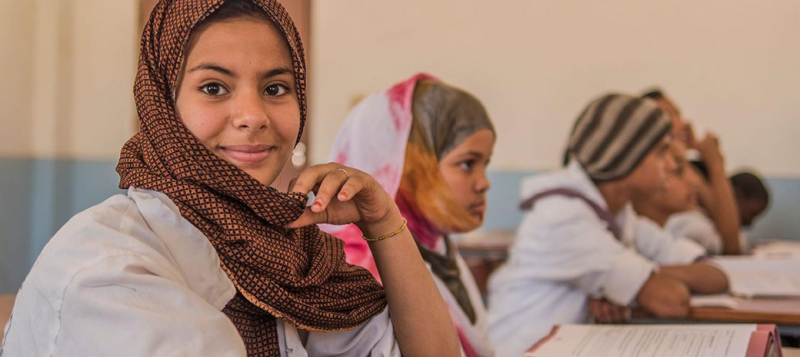
https://mondediplo.com/ 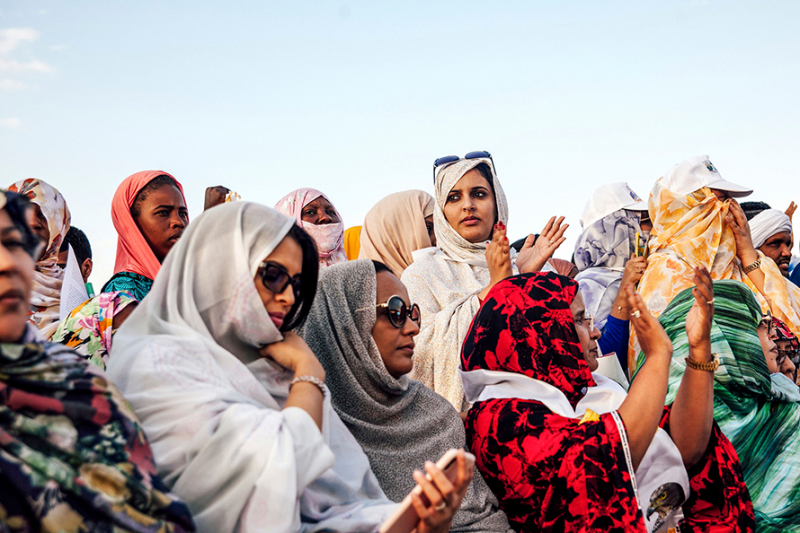
https://mondediplo.com/ -
Chinghetti, which is the seventh holiest city in Islam and was once thought of as a gathering spot for Moorish pilgrims traveling to Mecca, has a particular position on our list of "Mauritania tourism attractions." The city, which served as the Moors' capital, was established in the thirteenth century. Ciletti as it is today is a shadow of the once-prosperous metropolis. Due to the pilgrims, a veritable metropolis was developed here for four centuries, attracting traders and artisans. This allowed the city to grow and produce mosques, bazaars, and other structures that are still in excellent condition today. For Chinghetti, caravans in the desert, where up to 30,000 camels gathered simultaneously, were a source of economic riches! Wheat, barley, and dates were shipped from other cities to Chinghetti for commerce, and regional traders dealt in wool, gold, and slaves. More than 20,000 Mauritania residents resided in the city during the period of economic success. Chinghetti is currently only home to a few thousand inhabitants, but despite this, it continues to rank among the most popular tourist destinations in Mauritania. Mauritania's Chinguetti Mosque is regarded as its emblem. Non-Muslim tourists are not permitted inside the mosque, but they can examine precious scientific and Quranic writings in the old quarter's library and enjoy the nomads' customary hospitality in a remote location.
The journey must include Nouakchott, the capital city of Mauritania. Even if the city is chaotic, risky, and filthy, you will have an unforgettable experience there! The fact that locals transport water on donkeys from one end of the city to the other and tourists are shocked by this scene is really shocking. The majority of the city is not supplied with water. Nouakchott began as a camp, a resting place for desert nomads, before swiftly taking on the aspect of a modern metropolis. However, tourists can clearly notice the contrast between the two worlds: that of the nomads and that of the capital's contemporary population. The fish market and the beach are two of Nouakchott's most well-known sights. The market, which is close to the water, serves as the town's primary gathering area. The variety of fish offered to customers, from the most common to the most exotic, might occasionally surprise visitors.
The former Port-Etienne, currently known as Nouadhibou, is located 525 kilometers north of Nouakchott. Initially, planes arriving from Europe made their first stop in Africa at Port Etienne. Even Antoine de Saint-Exupery, a famous author and flyer, wrote about this location in his works. The city's appearance was altered by the fishing industry's quick expansion; as a result of its burgeoning economy, it started to draw sailors from all around the west coast of Africa. The bay is currently a veritable shipyard. Due to a financial scam, where dishonest businessmen purchased decaying ships for a much higher price and left them to rot here, the cemetery was made possible. However, the ship graveyard evolved into a gathering place for romantics, for whom this scene was and is still a thing of beauty.
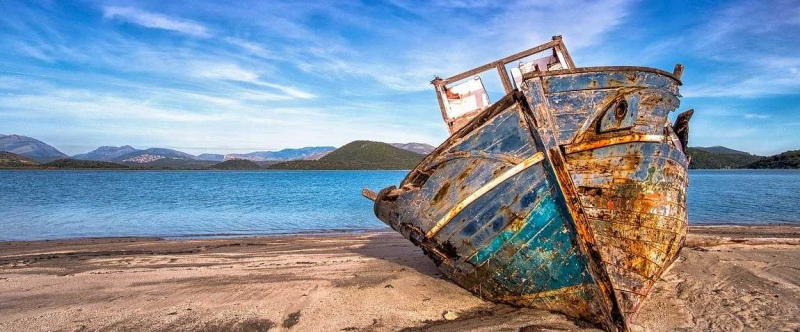
https://pickvisa.com/ 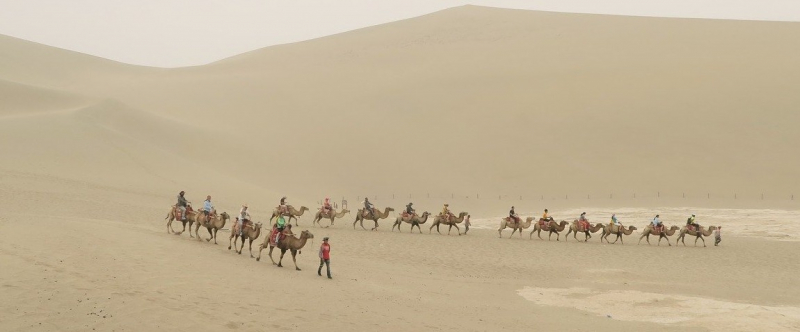
https://pickvisa.com/ -
Without oases, what is a desert? None, please. Like everywhere else, even in the driest locations, nature will undoubtedly work a miracle. There are several oases in Mauritania, but in this post we'll focus on the two most well-known, Tergite and Tonged. That is one of the various reasons to visit Mauritania. One of the few paid tourist sites in Mauritania is Tergit, which has entrance fees of roughly 5 euros, which is absurdly expensive for such a poor nation. This shouldn't come as a surprise considering that the Tergit Oasis is one of Mauritania's most well-liked tourist destinations.
You will encounter vendors of trinkets and dates at the oasis' entrance. You will hear water running as you enter the oasis and see trees sprouting up all across the desert. Tungad is a deserted settlement that is situated in the heart of the same-named oasis. It is more difficult to reach than Tergit, although experienced travelers won't have any trouble. You won't run into any tour operators, souvenir vendors, or other locals here. Before you open, there is a dismal, adrenaline-filled image of abandoned houses surrounded by trees.
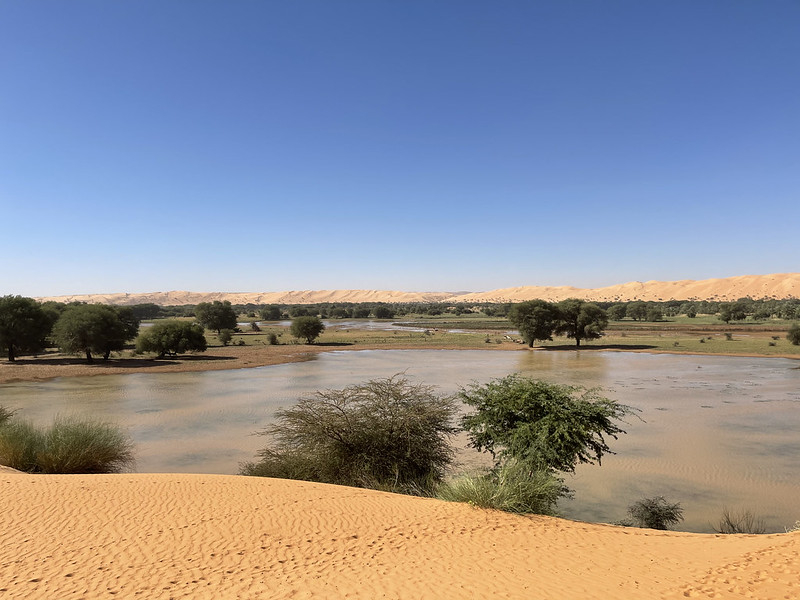
https://gavincwillow.wordpress.com/ 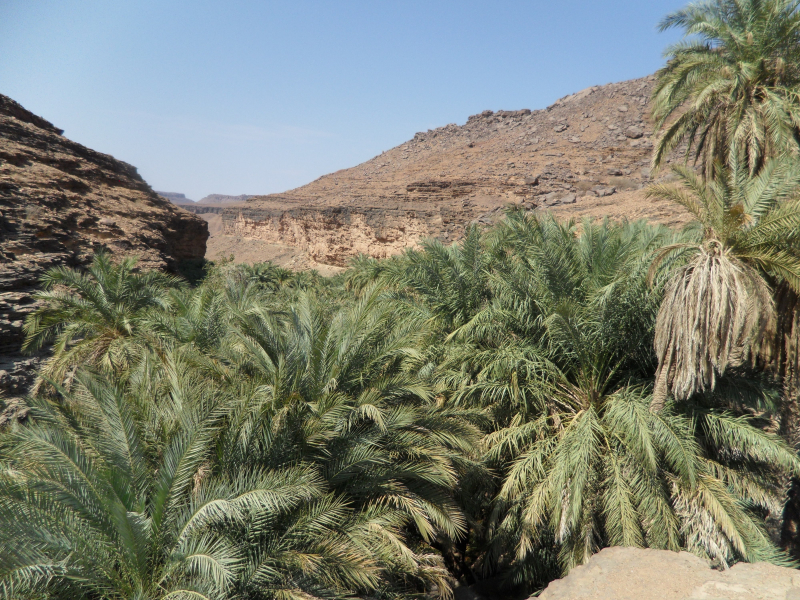
https://gavincwillow.wordpress.com/ -
Western Sahara is a largely deserted, non-autonomous enclave that is informally ruled by the Saharawi people and unnervingly depicted on the map by dashed lines just below Morocco. Around ten years ago, those trying to cross the Western Sahara had to improvise by driving down the beach (but only during low tide) and digging their car out of the sand every half-kilometer. Now, one can go there with a little less effort and with much more mental energy to soak in the sights: imposing, creamy dunes on one side of the road and exquisite, swerving, Atlantic-carved cliffs on the other, owing to a recently constructed and well paved highway.
One enters a two-kilometer "no-man's land" after crossing the Western Saharan border but before reaching the Mauritanian border. This unpaved stretch of sand and rocks is not maintained by either the Moroccan or Mauritanian governments and serves as both a border crossing and a landfill for old refrigerators. If your heart wasn't already racing, "no man's land" also has the remains of a live minefield that was left behind during a recent territorial dispute. But do not worry; if you simply follow the tire tracks left by earlier bush taxis, Moroccan traders, and overlanders traveling from Europe to Africa, you will safely arrive on the Mauritanian side. So, if you're traveling from Morocco, be sure to enter Mauritania through the Western Sahara. Considering that flights are hazardous for the environment and road trips are equally beautiful and enjoyable.
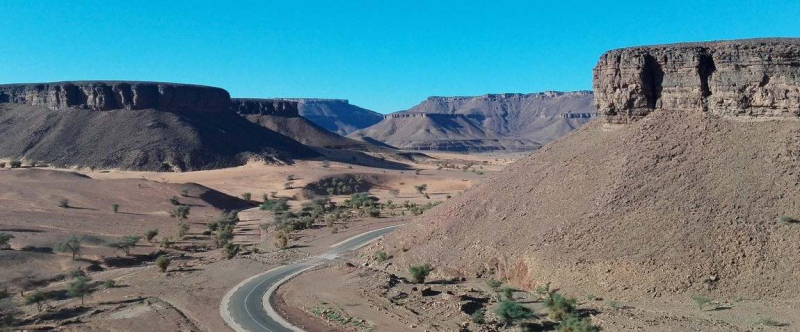
https://pickvisa.com/ 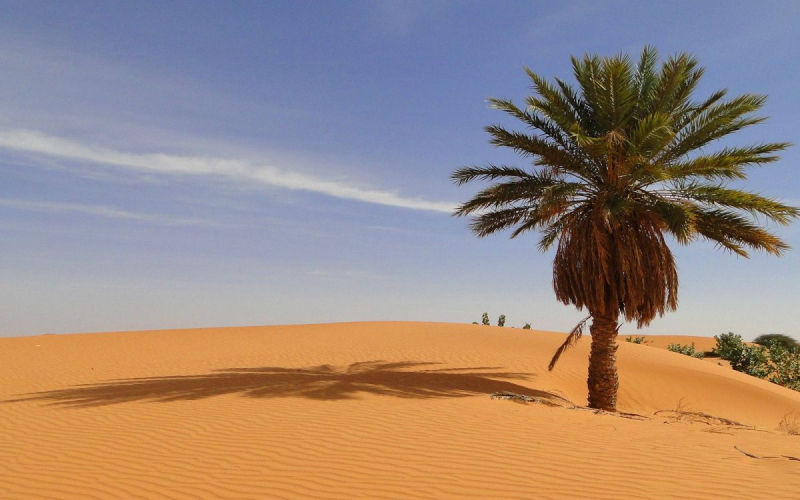
https://pickvisa.com/









